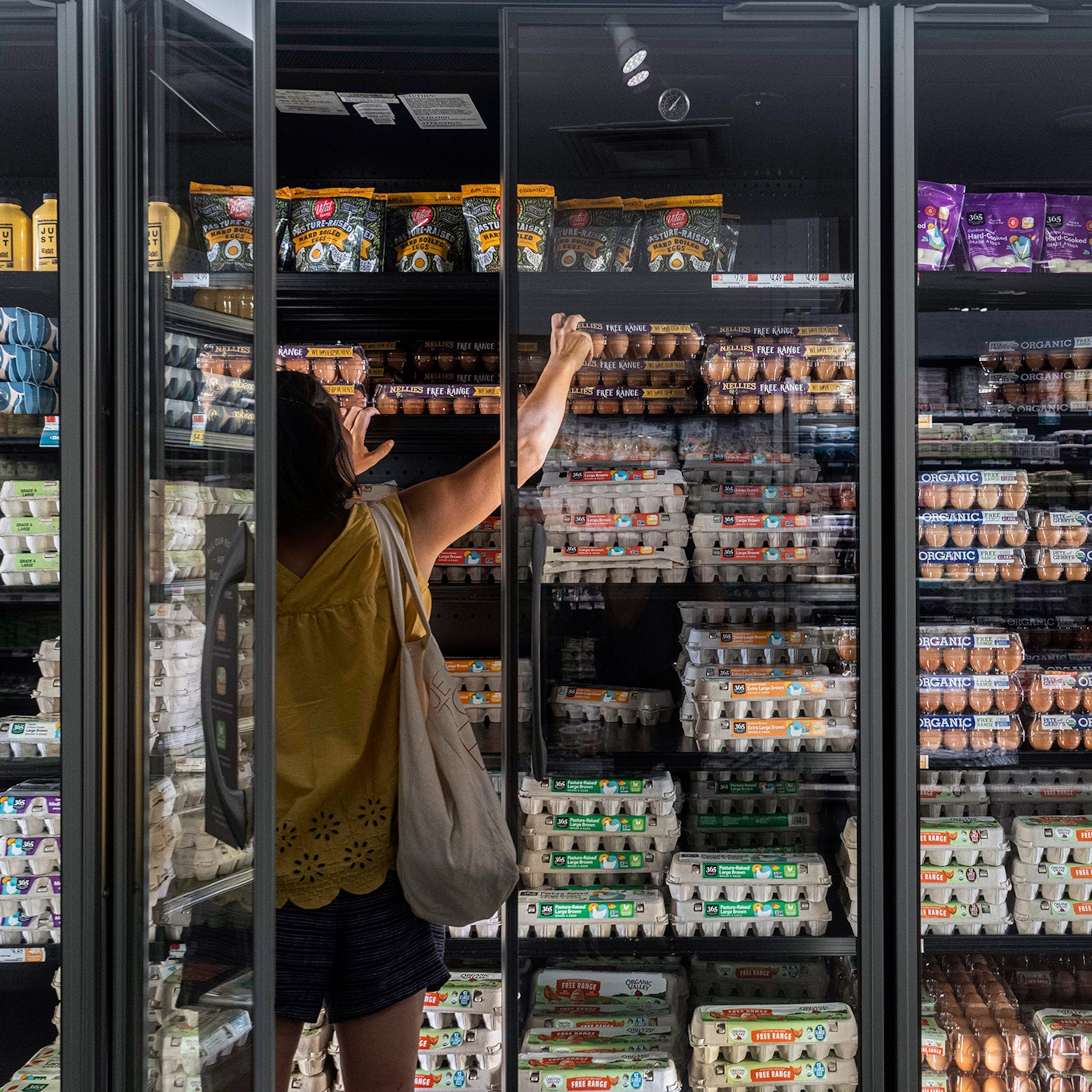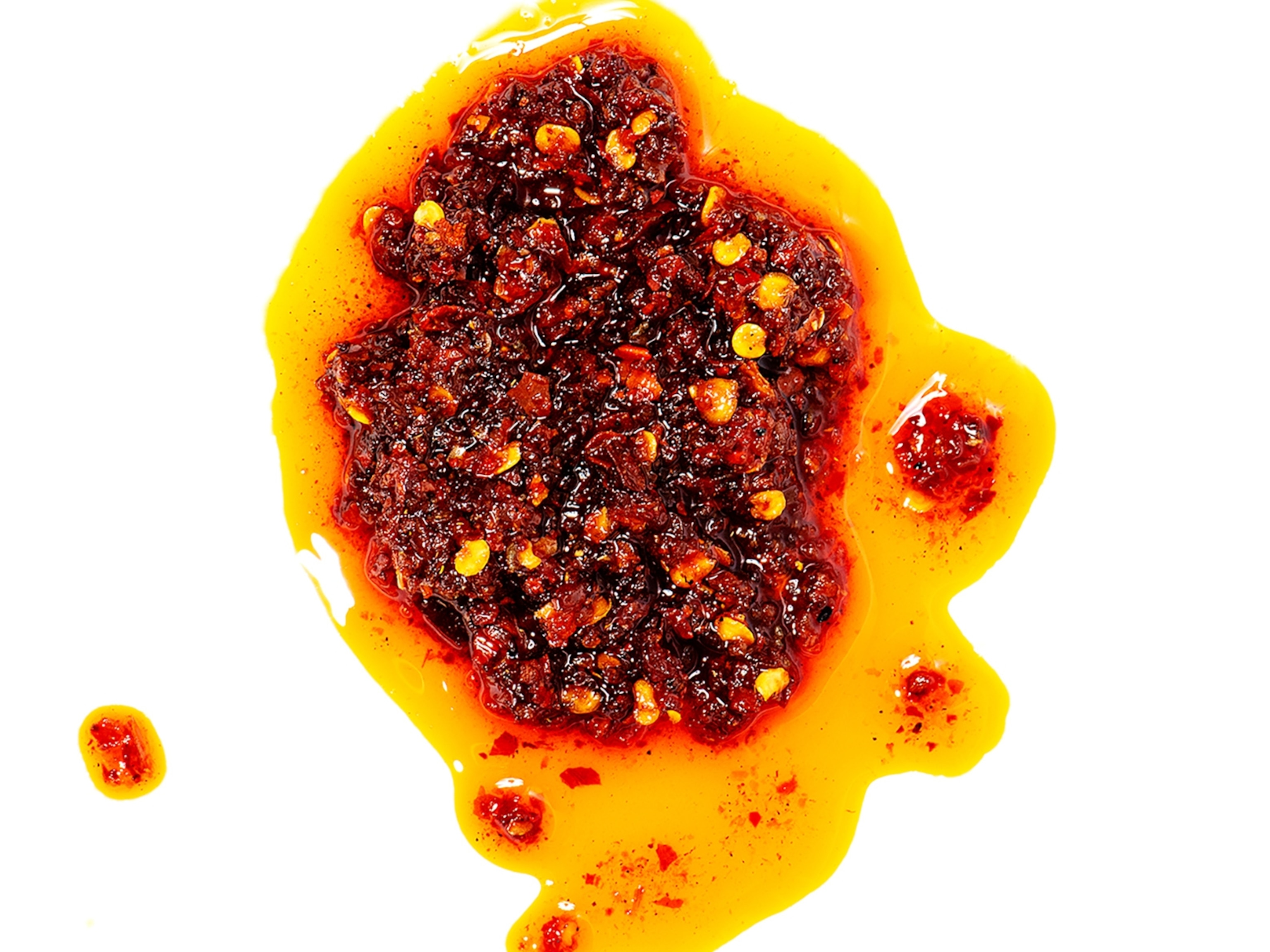
Want to try foraging food? Here’s how to do it safely
Skip the grocery store checkout line. From raspberries to wild garlic, your favorite fresh foods may be hiding in plain sight.
In the middle of a Colorado fir-spruce forest ravaged by wildfire, Andy Better crouches to inspect an abundance of burn morels that have sprouted in a clearing.
The morels are grayish-brown in color, with pitted ridges running along the surface of their caps. He slices one of the morels lengthwise with a small knife, and confirms that the inside is hollow. Hollow is a good sign—that means the morel is safe to eat.
The young naturalist isn’t just observing the fungi’s characteristics. He’s foraging for his dinner.
Foraging has faced an upswing in popularity in recent years, with more people seeking information on social media and experts guiding their online followers to find edible species.
Ingredients normally purchased at a store are often hidden in plain sight: tucked into the woods near our homes, or in our own backyards.
How to start your foraging journey
Those just starting their foraging journey often rely on online communities, such as hobbyist Facebook groups or popular Instagram accounts, like Forage Colorado, where wild food educators post foraging tips and techniques.
Beginners should narrow their scope to more easy-to-find foods. WildFoodUK.com lists the “four F’s” of commonly foraged food: fruit, foliage, flora, and fungus. Popular wild edibles include both traditionally beloved plants and fungi—like raspberries, wild garlic, and chanterelle mushrooms—as well as nettle and dandelions.
Create a plan before you head to the woods. List what wild foods you want to gather, study the location you’ll forage in, and determine likely spots where they can be found. Then, consider downloading plant identification apps like iNaturalist, PictureThis, and WildEdiblesForage.
Foraging safely
Across the Atlantic, Leo Richards, a young wildlife filmmaker behind the Youtube Channel Natural World Facts, takes a train into a remote, ancient woodland in his native Britain, where picturesque glades and moors are grazed by wild ponies.
“When deadwood falls here,” Richards says, “it provides a great habitat for fungi to grow. These fungi cycle nutrients back into soil, and play a crucial role in the environment. And many of the fungi are also delicious.”
When Richards forages, he uses the iNaturalist app to take photographs of mushrooms he finds. The app uses a mix of AI and a vast user network of 3.2 million to help identify biodiversity around the world.
“There are a lot of risks in foraging for fungi. Because there are tons of lookalikes, you can’t rely only on visual guides.”
The Blusher mushroom is one such example. The mushroom “blushes” pink when it is bruised, an indicator that it’s safe to eat. However, this species has a poisonous “copycat” called the panther mushroom, which looks nearly identical. Solely identifying these species through an app could lead to misidentification. While iNaturalist will yield results and other identification data based on the images taken, Richards suggests using more than one method to check.
“I use other components to cross reference, such as determining the season, physical characteristics, and information from websites such as WildFoodUK.”
Richards laughs, adding that “one mushroom could be safe to eat, but another one that looks just like it could be deadly. The only way to spot the difference might be from looking at the gills or the color inside.”
Even if technically safe to eat, some plants have to be prepared in a specific way to be edible to humans. Elderberries, commonly used in syrups, pies, and jams, possess cyanogenic glycosides, molecules that can be toxic if the elderberry is not completely ripe and cooked before consumption.
A study published in the journal Molecules found that consuming unripe elderberries can also lead to sub-acute cyanide poisoning, with symptoms of anxiety, headache, vomiting, nausea.
Foraging responsibly and legally
It’s important to forage responsibly, taking only what you need. Many animals depend on the same foods popular with foragers. Research suggests foragers should only take one-tenth to one-third of a patch, and take nothing if there is only one patch available.
“There are nuances of ethical foraging,” says Orion Aon, the educator behind the ForageColorado Instagram account.
“If the species you’re foraging is invasive or damaging, like garlic mustard, it’s beneficial to take as much as possible,” says Aon.
“Ask yourself if the population is healthy enough to take from, and if the plant will continue to thrive if some parts of the patch are gone.”
For example, it is advised that for wild garlic, ramps, and onions, it is better to take the leaves and leave the bulb underground. However, if there’s an abundant population, taking the bulbs is advisable, because it can help give other plants room to grow.
Be cognizant of the land you’re foraging on too. Pollution from harmful chemicals, pesticides or land near lots of foot traffic, busy roads, industrial facilities, and urban spaces exposes plants to contamination, making them unsafe to eat.
Some wild spaces, like state or national parks, may be protected and prohibit foraging. If unsure, you can consult information found in the Forest Service, Fish and Wildlife Department, or by checking with your local Bureau of Land Management office.
Foraging is natural
Foraging doesn’t have to be intimidating.
“People are scared of nature, scared of eating food directly from the outdoors, because it’s seen as dirty,” Richards laments. “Though it’s not double-wrapped in plastic at a grocery store and selectively bred to be bigger and prettier, it’s still food.”
Foraging isn’t only a means to find food, however. It can help strengthen our relationship with the wild.
Tucked under Richards’s arm is a basket of chanterelles and chicken-of-the-woods mushrooms.
Tonight will be a stew. But there's a greater added benefit: he’s connected with nature. Richards smiles as he recalls his foraging experiences.
“There’s something special about these places. They need to be cherished. Being among the trees, the plants...it helps me rekindle my connection with the natural world.”
He’s in awe of the wild spaces that host so much dazzling life, from the network of mycelium underground to bushes bursting with ripe berries. And now, he knows where and when to find his favorite foods.
Related Topics
You May Also Like
Go Further
Animals
- How can we protect grizzlies from their biggest threat—trains?How can we protect grizzlies from their biggest threat—trains?
- This ‘saber-toothed’ salmon wasn’t quite what we thoughtThis ‘saber-toothed’ salmon wasn’t quite what we thought
- Why this rhino-zebra friendship makes perfect senseWhy this rhino-zebra friendship makes perfect sense
- When did bioluminescence evolve? It’s older than we thought.When did bioluminescence evolve? It’s older than we thought.
- Soy, skim … spider. Are any of these technically milk?Soy, skim … spider. Are any of these technically milk?
Environment
- Are the Great Lakes the key to solving America’s emissions conundrum?Are the Great Lakes the key to solving America’s emissions conundrum?
- The world’s historic sites face climate change. Can Petra lead the way?The world’s historic sites face climate change. Can Petra lead the way?
- This pristine piece of the Amazon shows nature’s resilienceThis pristine piece of the Amazon shows nature’s resilience
- Listen to 30 years of climate change transformed into haunting musicListen to 30 years of climate change transformed into haunting music
History & Culture
- Meet the original members of the tortured poets departmentMeet the original members of the tortured poets department
- Séances at the White House? Why these first ladies turned to the occultSéances at the White House? Why these first ladies turned to the occult
- Gambling is everywhere now. When is that a problem?Gambling is everywhere now. When is that a problem?
- Beauty is pain—at least it was in 17th-century SpainBeauty is pain—at least it was in 17th-century Spain
Science
- Here's how astronomers found one of the rarest phenomenons in spaceHere's how astronomers found one of the rarest phenomenons in space
- Not an extrovert or introvert? There’s a word for that.Not an extrovert or introvert? There’s a word for that.
- NASA has a plan to clean up space junk—but is going green enough?NASA has a plan to clean up space junk—but is going green enough?
- Soy, skim … spider. Are any of these technically milk?Soy, skim … spider. Are any of these technically milk?
Travel
- Could Mexico's Chepe Express be the ultimate slow rail adventure?Could Mexico's Chepe Express be the ultimate slow rail adventure?
- What it's like to hike the Camino del Mayab in MexicoWhat it's like to hike the Camino del Mayab in Mexico







